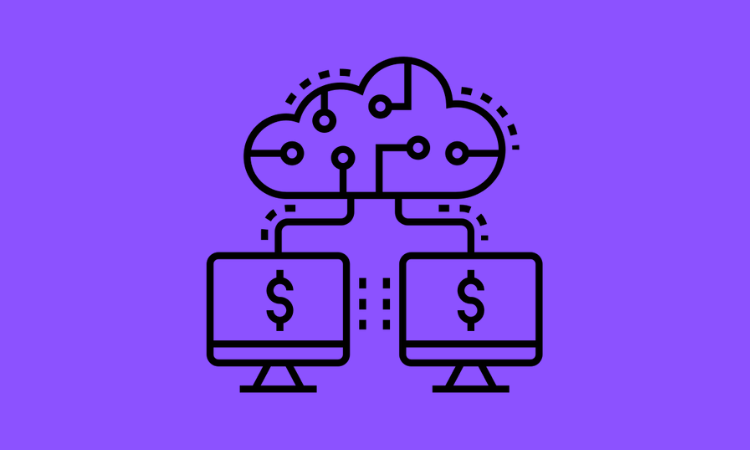Sponsored by Fiserv
Key considerations when evaluating a data aggregation platform
- Data aggregation platforms differ in their approaches to financial data.
- Data reliability and cleanliness are good starting points when evaluating a platform.








